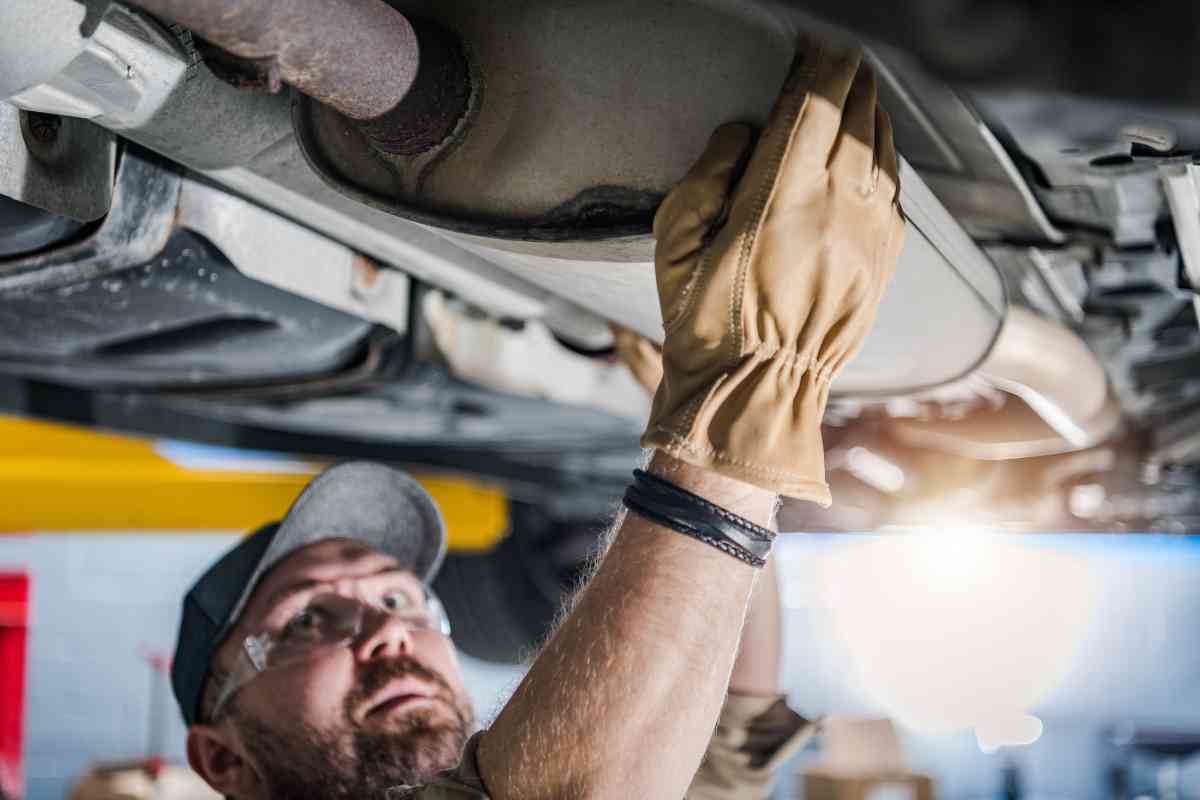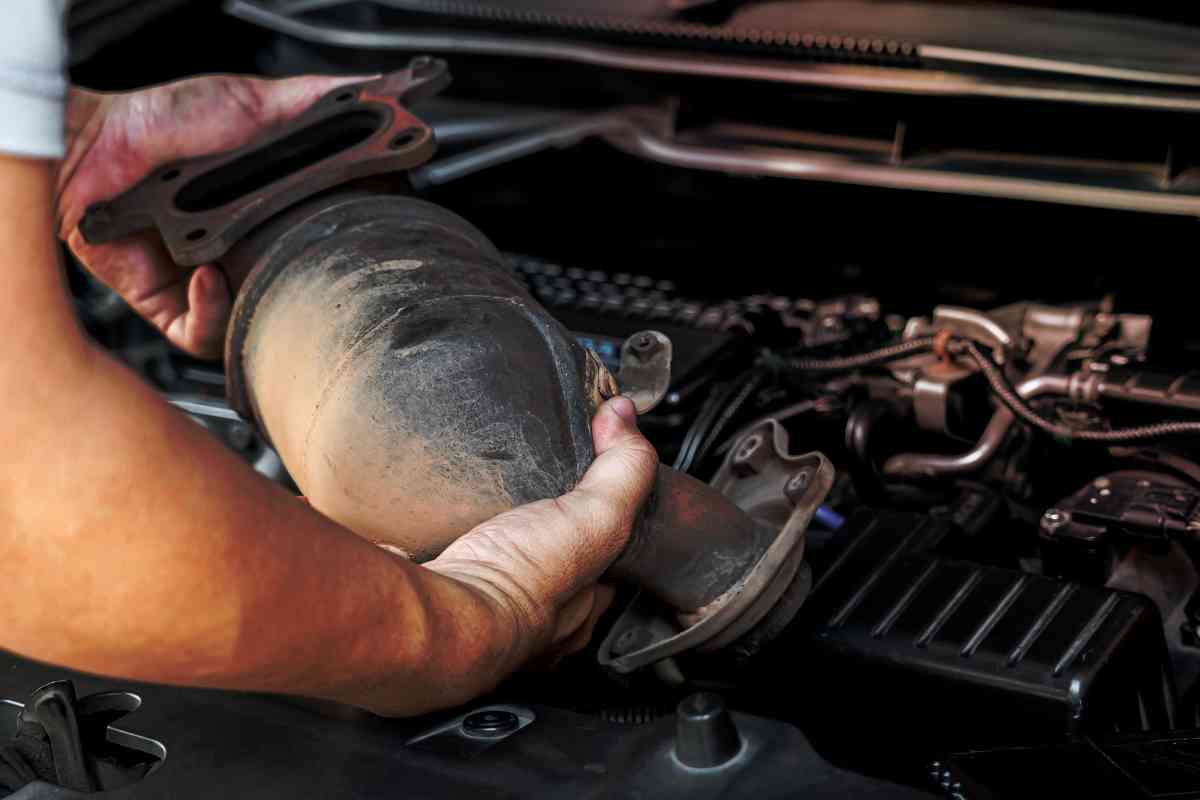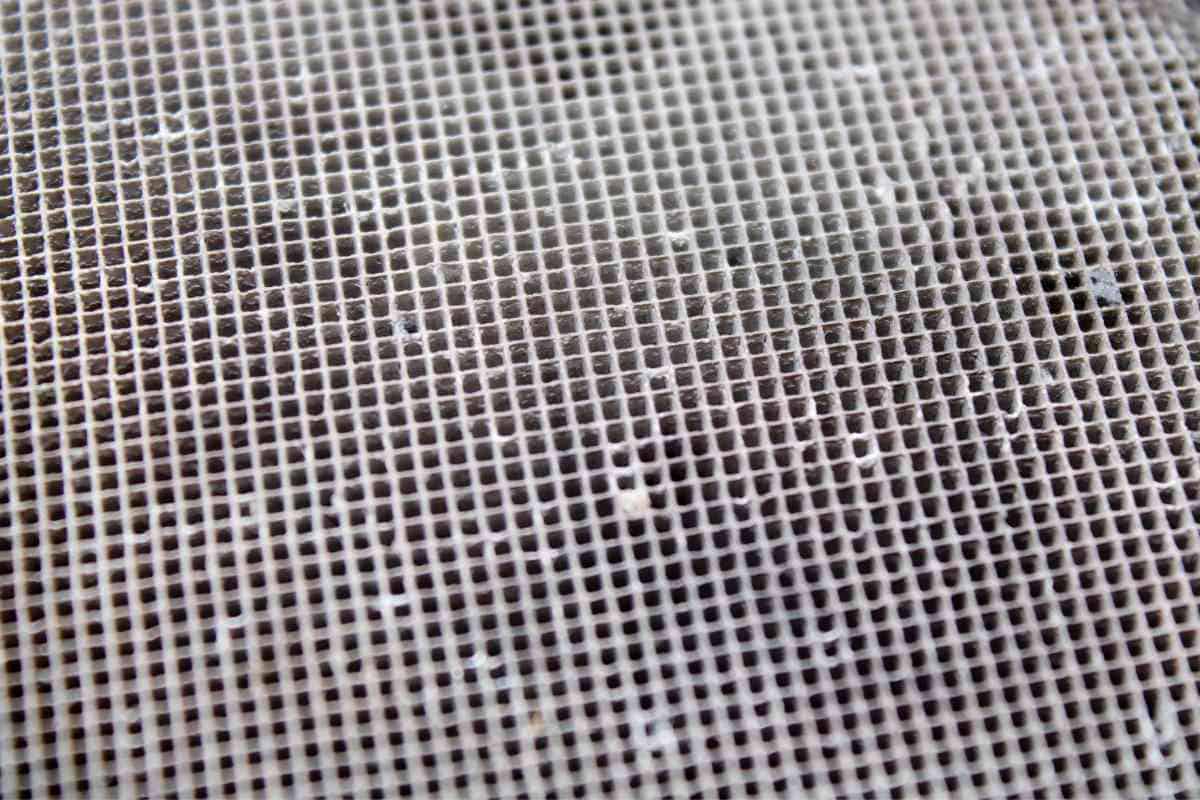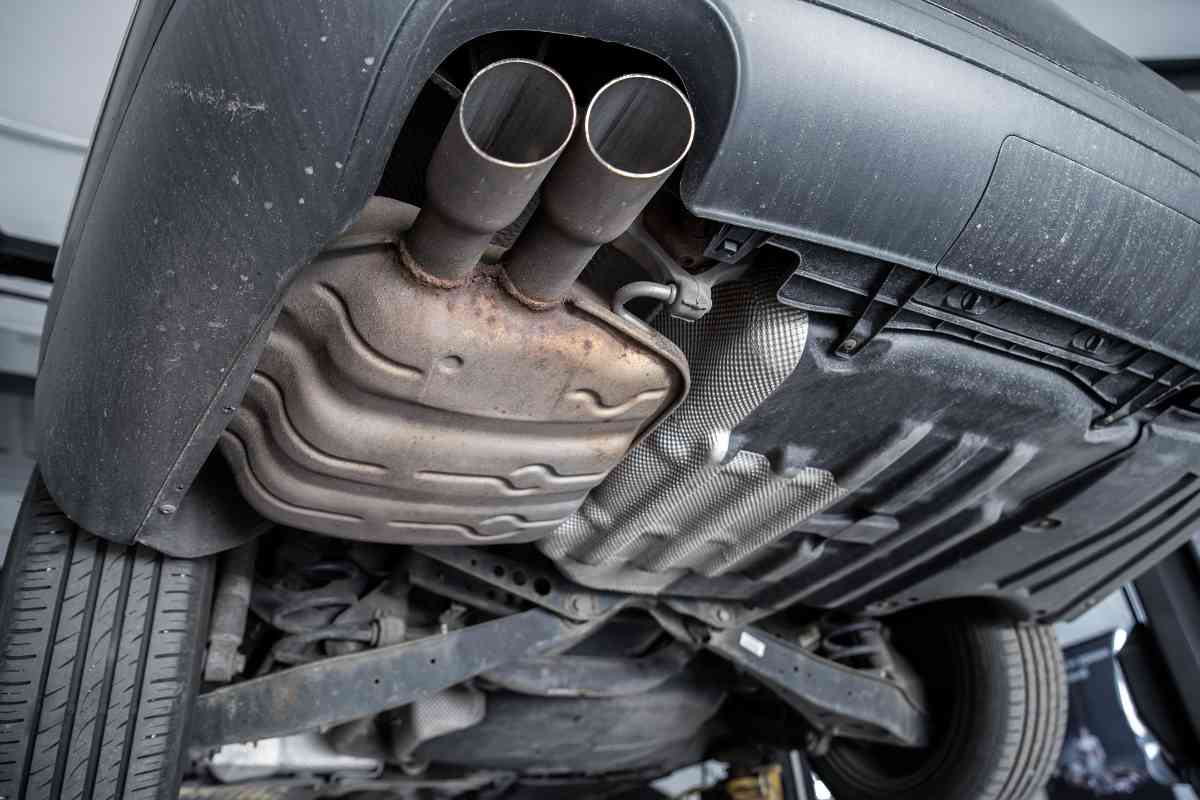Can You Clean A Catalytic Converter With Brake Cleaner?
You took your Jeep up to have the emissions tested, and it failed, so you need to clean the catalytic converter. Can you clean the catalytic with brake cleaner?

Can You Clean A Catalytic Converter With Brake Cleaner?
Brake cleaner is not designed to clean a catalytic converter. Use an additive that will clean the entire fuel system. If the additives fail, take the converter off, and soak it in a soap and water solution. If this doesn’t help, then it will need to be replaced.
Currently, thirty-four states have emissions testing as a part of their registration process.
While the legalities vary from state to state, many American owners face the hassle of maintaining an effective catalytic system on their vehicles.
A clogged or malfunctioning converter can create a headache for the average car owner, often meaning more money leaving their wallets. Whether it is having to fix the catalytic converter for a failed emissions test or dealing with a PO420 trouble code, the problem has to be fixed either way. This article will examine what it takes to clean a catalytic converter and how to know if it needs to be replaced.
What is a Catalytic Converter?

A catalytic converter is an oblong metal box attached to your vehicle’s exhaust system designed to scrub particles out of the burnt gases being forced through your car’s exhaust.
The emissions are pushed through a series of small filters that capture and split carbon and other particulates instead of releasing them into the atmosphere.
Catalytic converters are an integral part of every vehicle’s exhaust system and are a significant reason that you and I aren’t living under a cloud of smog every morning.
The filters inside the converter are made of ceramic materials coated in various metals (platinum, rhodium, or palladium), which is why they are a tempting target for thieves.
Many scrap metal companies will pay a few hundred dollars for every catalytic converter brought to them, despite the efforts of law enforcement agencies to keep them from doing so.
The catalytic converter needs a constant steady flow of air passing through the unit. When the screens inside get clogged with bits of dirt, grime, or debris, the unit becomes clogged and is no longer effective
More often than not, the sensors will detect the clog and trigger a PO420 diagnostic trouble code, which means your check engine light pops on.
Cleaning a Catalytic Converter with Brake Cleaner

Brake cleaners are used for degreasing and cleaning metallic areas of an automobile, such as brake components and valve covers, or cleaning a bearing before reapplying grease to it.
One of the reasons that brake cleaners are so popular as general cleaners are that they clean the metal without leaving any type of residue.
While brake cleaners can be used for various cleaning functions, the catalytic converter is not one of them.
Many owners use brake cleaner as a general cleaner, but there are cleaners specially designed to clean a catalytic converter.
How Do You Clean A Catalytic Converter?
Since taking the converter off your vehicle is a major operation, it is generally best to start with a fuel additive specifically designed to clean out a converter.
Start with a Cleaner in the Gas Tank
Many fuel system cleaners are chemical compounds with effective detergents and cleansers. These compounds are available at your local auto parts store.
Simply make sure that your gas tank has at least ten gallons in it and add the additive to the tank.
You should drive your vehicle for about thirty minutes at higher RPMs (on the interstate or a highway) so that the additive has time to work through the system. Be sure to follow all instructions on the back of the bottle for usage.
(If the check engine light is on, you may still need a technician to run the code to turn it off, but they can also help you determine if the additive was effective).
Take the Catalytic Converter Off of the Vehicle.

If the additive is ineffective, you must raise your car on a lift or secure it on jacks to work underneath it. Be sure that the car is completely cooled down before attempting to work on it.
Remove the oxygen sensors and then the catalytic converter from the exhaust piping.
(Remember that these bolts can often be hard to budge, so you may have to spray some lubrication to loosen them).
Once the converter unit is removed, shake it a time or two and listen to see if you hear any loose pieces of metal bouncing around the inside.
If you hear those sounds, the catalytic converter is broken (a portion of the small screens inside have corroded and disintegrated). This sound means that you are better off replacing the unit instead of trying to clean it.
If the converter seems okay, then you need to soak it in a solution of soap and water. Ensure you get the soap suds inside the unit (moving the converter up and down until the suds come bubbling out of the top).
Leave the converter in the suds to allow the solution to remove as much grime as possible (overnight, if possible). You should be able to see the difference.
Once the converter has soaked, rinse it with a steady stream of water to flush out all the soap solution. Allow the converter to dry completely before trying to reassemble it to the exhaust line of your vehicle.
Reconnect the O2 sensor and drive the vehicle to see if the situation has been resolved.
(Some technicians aim an infrared temperature gun at the front and the rear of the converter. If the temperature at the rear is 100 degrees more than the gas going into the cat, then the converter is working).
Replace the Catalytic Converter.
If cleaning does not help scrub the converter well enough, then you will have to replace the catalytic converter.
You can do this job yourself or have it done professionally. Replacing it at a shop can cost as much as several thousand dollars, depending on the vehicle.
Key Takeaways
- Never clean a catalytic converter with brake cleaner
- Use a fuel additive as the first attempt to clean a converter
- If removing a converter, soak it in soap and water, rinse, and allow it to dry before reassembling it on the exhaust line.
